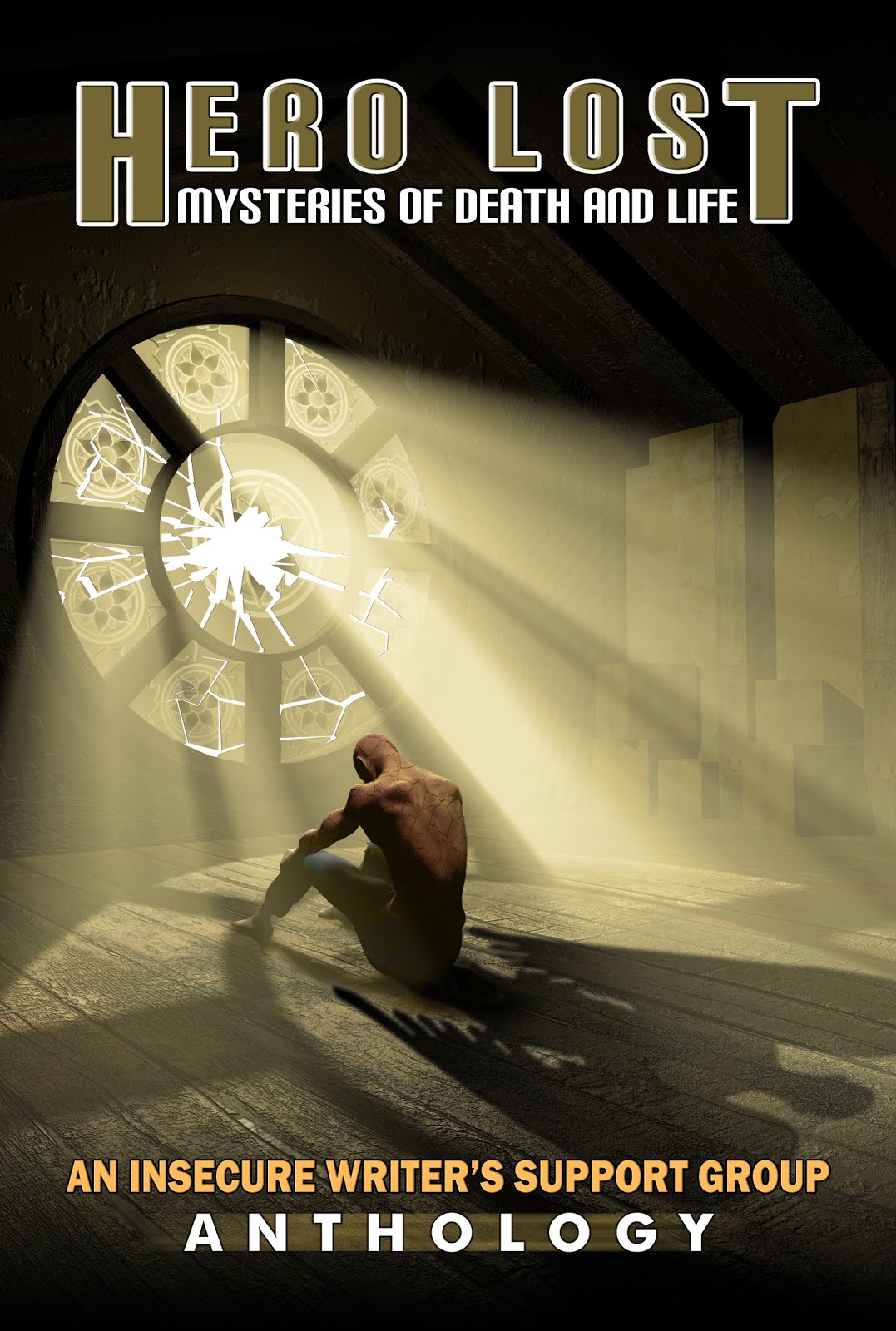The
first rule of fight scenes is you do not talk about fight scenes. No, wait,
that’s fight club. Fight scenes, you
have to talk about. If you have a fight scene in your novel, then you won’t
want to just skim over it. There has to be a reason for it, so the reader
should be able to experience it fully—be in the moment, feeling all the rage,
heart pounding, and blood spattering that your characters are experiencing. Of
course, there are two kinds of fight scenes, and I actually have both in my
WIP. One is your average teenage boy scuffle (cliché? Perhaps. Bear with me)
and the other is a heated argument between lovers.
Honestly,
for me at least, I find the physical fights easier to write. You have to be so
in the moment, so focused on the physical elements that you don’t really need
to focus on anything else. If your character is in a fight, how much time do
they really have to think about their next move before their opponent strikes?
The pace on the page should follow this sort of mindset. It’s not like a video
game where you hit your opponent, then do nothing as they hit you, then bounce
around while you decide which attack to use next. If someone is hitting you,
then you’re probably at least trying to shield yourself, if not hitting back. Is
your character being attacked or did they start the fight? Their fighting
techniques may be different, depending on whether they’re trying to inflict
pain or just avoid it. Unless it’s an epic battle or climactic shootout, it’ll
probably be over quickly (or in my case, broken up by adults). I happen to like
this little snippet of a fight scene in Chuck Palahniuk’s Fight Club:
Last week, I tapped a guy and he
and I got on the list for a fight. This guy must’ve had a bad week, got both my
arms behind my head in a full nelson and rammed my face into the concrete floor
until my teeth bit open the inside of my cheek and my eye was swollen shut and
was bleeding, and after I said, stop, I could look down and there was a print
of half my face in blood on the floor. (51)
The
entire fight is summed up in one paragraph, so it’s short, but at the same time
graphic and intense. The fight itself is actually one sentence, so it feels
almost like a stream of consciousness. You’ll want to be completely in the
moment when writing a fight scene. Your character won’t be thinking about the
phone call he had the other day, or the homework assignment he has to do tonight.
He’ll be thinking about how he was just punched in the jaw, and whether or not
he wants to hit back.
Then
there’s the other type of fight scene, or the argument. There are several different
levels of arguments, from “why didn’t you take out the trash?” to “why did you
sleep with my best friend?” If an argument is stemming from a small issue,
chances are it will either fizzle out or escalate into something that was never
really about the trash in the first place. As the fight goes on, it usually
becomes more intense. What starts as a minor disagreement can escalate into
screams and insults. Usually with verbal fights, each person always believes
that they are right. I find in real life, the most frustrating part of a fight
is trying to make the other person listen to you and see that you are right.
People generally do not want to listen. You can feel like you’re not being
heard, and that just makes you angrier. Think about what you have felt when you’ve
argued with someone. There’s a lot of emotion to be found and your characters
will probably be at their most out of control. As far as dialogue goes, obviously
there will be a lot of it, but you won’t want to overdo it, either. You’ll want
to trim it down to the most important lines so it’s not too overwhelming, and
unlike a physical fight, there are more opportunities for your characters to be
thinking about what they want to say, or even reacting to something they said
without thinking.
Of
course, the fight will need to come to an end at some point, maybe with one
character storming off or slamming a door. You can bring the intensity down to
where it started, try to resolve the issue, or you can leave it high and
uncomfortable, with your characters still feeling the anger and frustration
(which may make the reader immediately start the next chapter, just sayin’). If
your characters are angry enough, they may want to hurt each other in order to
get the upper hand. For my scene, one character says the worst possible thing
he could say to the other, knowing that it will devastate him. If your
characters know each other well enough, then they’ll know exactly where to cut
the deepest. No matter how you end your fight scene, you’ll want to leave an
impact.
You
really want to ask yourself why your
characters need to fight at all. I realized the reason I had an argument at a
particular moment was to throw a wrench in the plot, even move it toward the end.
Things can never be the same for the characters after they have this fight.
Really, this should be the goal in any verbal fight scene: that things aren’t
the same any more. If you have your characters fight only to immediately make
up, then why did they fight at all? Maybe you had a different reason for the
fight. Maybe the fight revealed something huge, that someone had a secret, they
cheated, etc. There are several good reasons, but things can’t go back to just
peachy after such a big reveal. Like any other moment in the narrative, the
fight has to move the plot forward, even if it’s in a negative direction. If
you still want your happy ending, then your characters just have more to work
through in order to get there.
Fight
scenes, whether physical or verbal, can be intense and emotional. Often the
before and after is just as important as the fight itself. I suppose the best
advice would be, don’t water it down, and don’t hold back. A weak punch isn’t
going to get you very far.





